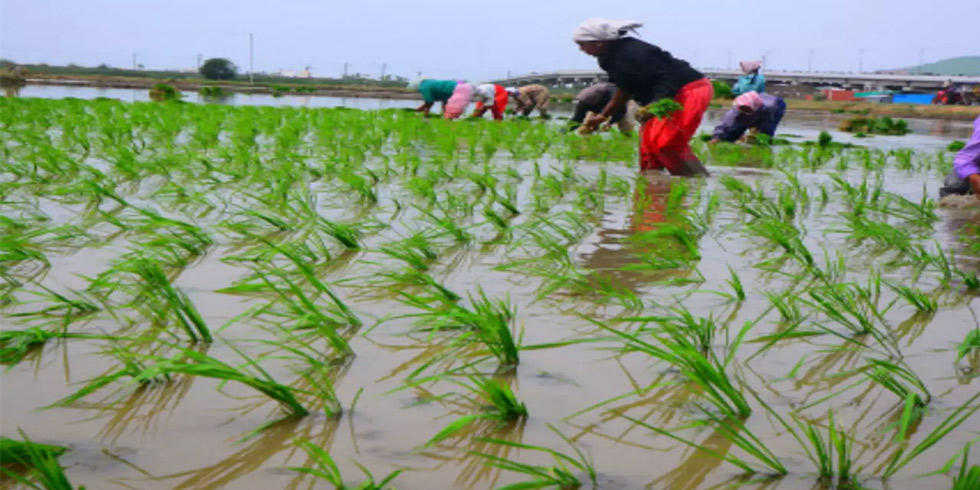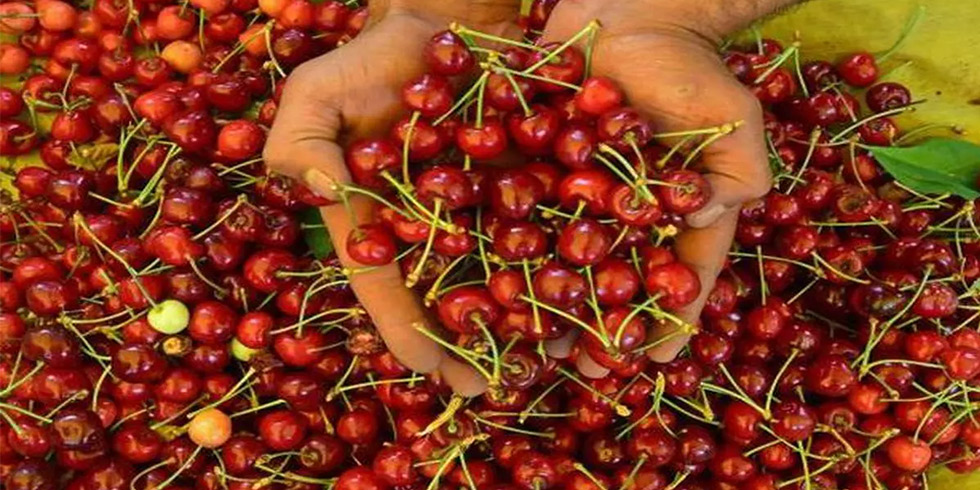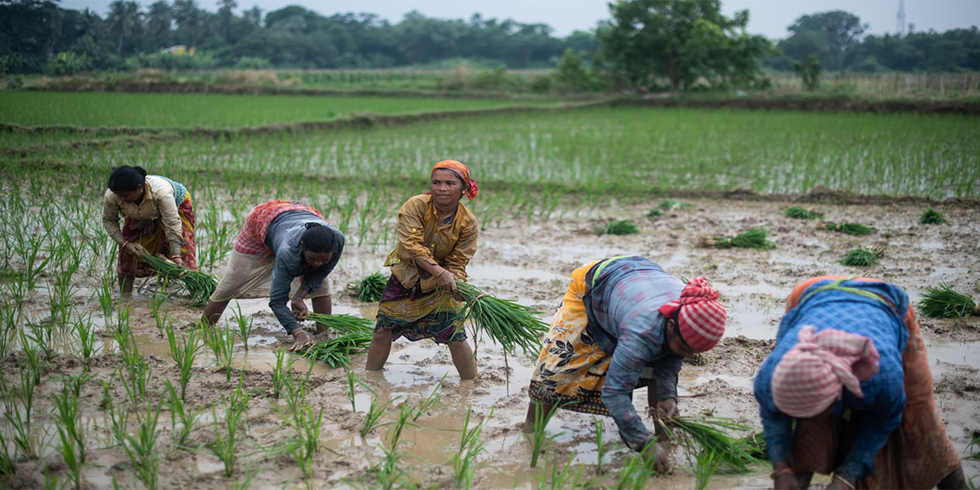The domestic prices of key agricultural commodities were below the export-parity prices during most of the time in the decade 2004-2014, according to a new study by Icrier and World Bank.
However, the export/import opportunities were not always used as restrictive trade policies played spoilsport; for instance in the 2007-08 global food crisis, though rising global prices made many Indian products export-competitive, rice and wheat exporters among others were prevented from fully exploiting the trade opportunity.
The study recommended phasing out of “in-built consumer bias and anti-farmer nature” in India’s agriculture trade policies and creation of a predictable and stable policy.
In the decade mentioned above, 72% of the time domestic prices of 15 commodities, including wheat, rice, maize, potato, mango, buffalo meat and banana, were ‘exportable’, while only 11% of the time they were above import-parity prices and were therefore competing within imports.
In the remaining 17% of the period, these domestic commodities were in the ‘non-tradable’ zone as their prices were between the relevant exportable/importable reference prices, according to the study titled ‘Price distortion in Indian agriculture.’
It has stated in case of commodities like rice, groundnut, cotton, buffalo meat, onion, banana and potato, the Indian prices were 90% to 100% of the time below their corresponding export parity prices. “For sugar and skimmed milk power, domestic prices were above import parity prices in most of the years. Soyabean, maize and wheat prices were largely in the non-tradable band,” it noted.
On the positive impact of the global food crisis of 2007-8, the study has stated that it made many Indian products very export-competitive. “In case of rice and wheat, the restrictive trade policy prohibited the exporters from fully exploiting the trade opportunity, but for other agri-commodities like buffalo meat, onion and groundnut, the crisis translated into greater export opportunities,” according to the study.
Pointing towards inconsistency in India’s agricultural exports policy that in most years for majority of products, the policymakers used restrictive export policies to keep domestic prices low. “This showed the pro-consumer bias and it means that policies more than often harm the farmers’ interests, whose scope of getting higher returns globally are curbed at the prospect of the trade translating into rising domestic prices,” according to study.
However, for fruits and vegetables and livestock such as buffalo, trade is highly sensitive to transport and handling costs and increased opportunities to neighbouring countries — Bangladesh, Nepal, Sri Lanka etc have triggered Indian exports. “Even for foodgrain and bulk commodities, the players were found to be competing more on freight difference than on the inherent commodity price differential,” it noted.
The study also added that the depreciating value of the Indian rupee against the US dollar during 2004-2014 also played an important role in making agricultural exports from the country competitive globally.
The study noted that while India’s agri-trade as a percentage of agri-GDP increased from less than 5% in 1990-91 to about 20% by 2013-14, it still hasn’t reached its full potential. It has recommended various policy reforms, including phasing out built-in consumer bias in agri-policies, creating space for private players to have integrated market, etc.








Add Comment